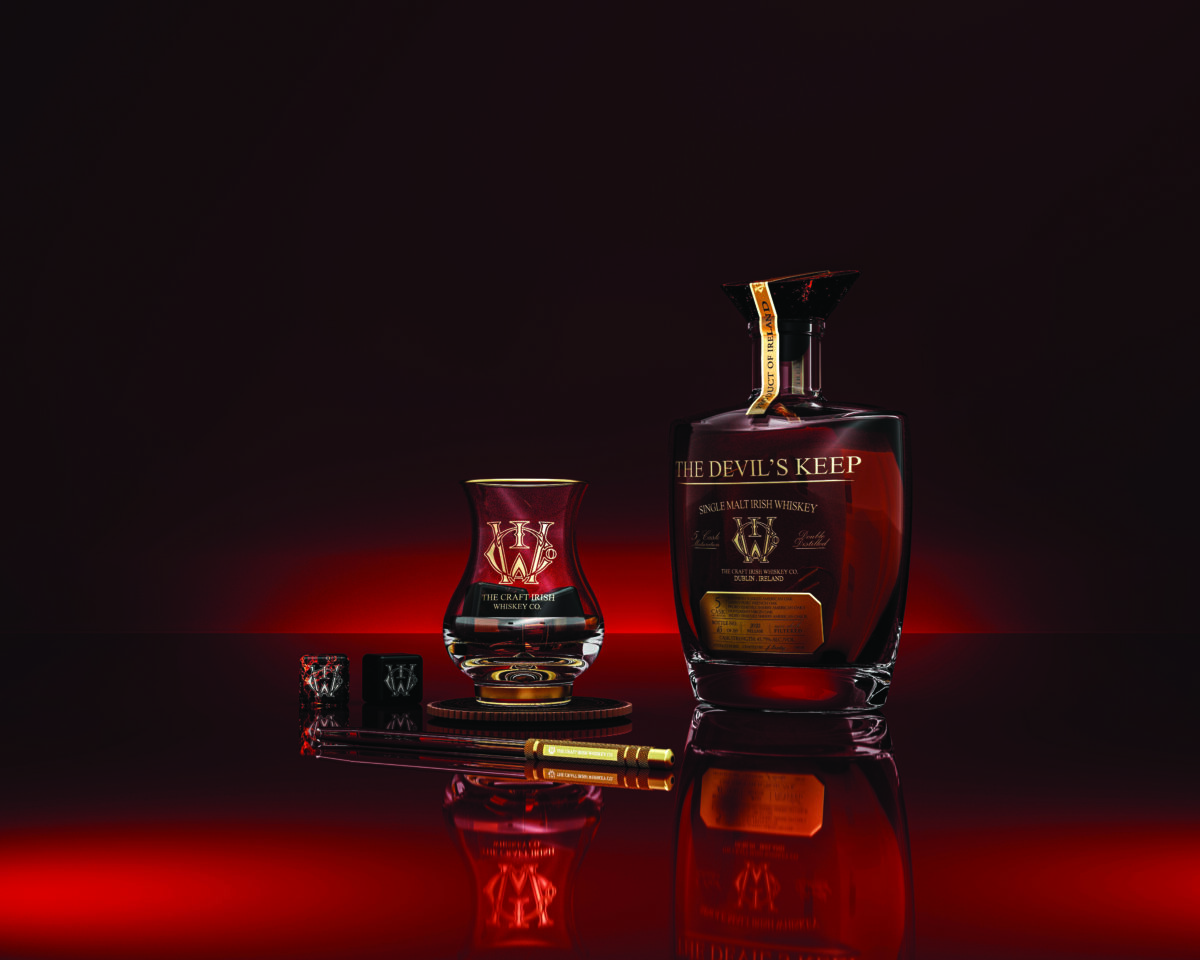AN INSIDER’S GUIDE TO ART INVESTMENT
How to skillfully navigate the lucrative art investment marketplace with Jay Rutland, Creative Director of Maddox Gallery.
For over a decade, Jay Rutland, Creative Director of Maddox Gallery, has helped guide many clients to discovering the best art for potential capital growth. Here, he shares his essential tips on how to pick artworks that are likely to appreciate in value over time.
1. Approach art investment with a long-term perspective
With art investment, it pays to take a long-term view, with an extended holding period – the amount of time you hold an artwork for – historically proven to be the most beneficial investing strategy. One of the most important factors when appraising an artwork is freshness to the market, with buyers more likely to pay greater prices for a piece if it hasn’t been offered for sale for a considerable time.
Sotheby’s Mei Moses research suggests that works of art stored for at least 10 years are more likely to be sold for a profit benefiting from something known as “the holding period effect”. Our performance at Maddox far exceeds the industry standard, however, with clients who kept their artworks for 2-3 years receiving an average return of 46%.
2. Look out for trends and shifts in taste
Between the years 2020 to 2030, around 20% of the global population is predicted to pass down more than £10 trillion in wealth to their heirs, causing a huge shift in tastes in the art world. This wealth transfer is already impacting the art investment environment, with iconic works by the Old Masters, Impressionist and Modern artists attracting little attention at auction and the number of young artists under the age of 40 selling their works at auction increasing fivefold.
It is also worth remembering that tastes in art can change at a fast pace. A recently published Artsy Collector Report revealed that collectors are currently most drawn to painting, with abstract art ranking highest at 50%, followed by expressive figurative works (34%), realist figurative pieces (22%) and contemporary surrealism (17%).
3. Spot bargain-buying opportunities
In traditional markets, when investor sentiment sours, it causes market panic and drives prices downward. This creates an opportunity to purchase assets at a lower cost and eventually sell them at a profit when the market rebounds and prices begin to climb again. A great example of this is Banksy, whose work experienced a remarkable surge in value in 2021. His prices have since moderated, presenting enticing opportunities to strategically acquire a Banksy piece before another anticipated rise in prices.
4. Consider contemporary art for its potential growth
Depending on your risk tolerance, including works by young contemporary artists in your portfolio can be a very shrewd move. Early-career artists are particularly appealing to bold investors with a higher appetite for risk due to their accessibility, affordability and potential for quick appreciation.
5. Beat the market by timing your acquisition
2023 has been characterised by economic unpredictability as high-interest rates and persistent recession worries remain prominent concerns for the global economy. However, periods of retrenchment or correction can also be great opportunities to build collections. Taking Eli Broad as an example, Eli amassed the bulk of his collection in the 1990s during the biggest art-market correction in recent history, and Glenstone founder Mitchell Rales did the same during the 2008 financial crisis.
6. Search for talent outside of the traditional hubs
Astute investors with a keen eye for talent outside of the conventional art hubs of Paris, the UK and the USA have reaped substantial profits by being at the forefront of this trend. Japanese artists Yayoi Kusama, Takashi Murakami and Yoshitomo Nara, have all enjoyed incredible success in recent years and are prime examples of global talent who are worth watching.
7. Enlist the help of an art advisor
It’s important to remember that art investment is a complex process with significant risk attached for beginners, which is where the Maddox Art Advisory comes in. Our expert team of Art Advisors combine their experience in portfolio management, insight into art investment and detailed knowledge of the contemporary art world to provide high-quality input and guidance and deliver consistent returns for our clients.
Please visit maddoxgallery.com/art-advisory/ to download the Maddox Art Investment Guide or email [email protected] to connect with a Maddox Advisor.



